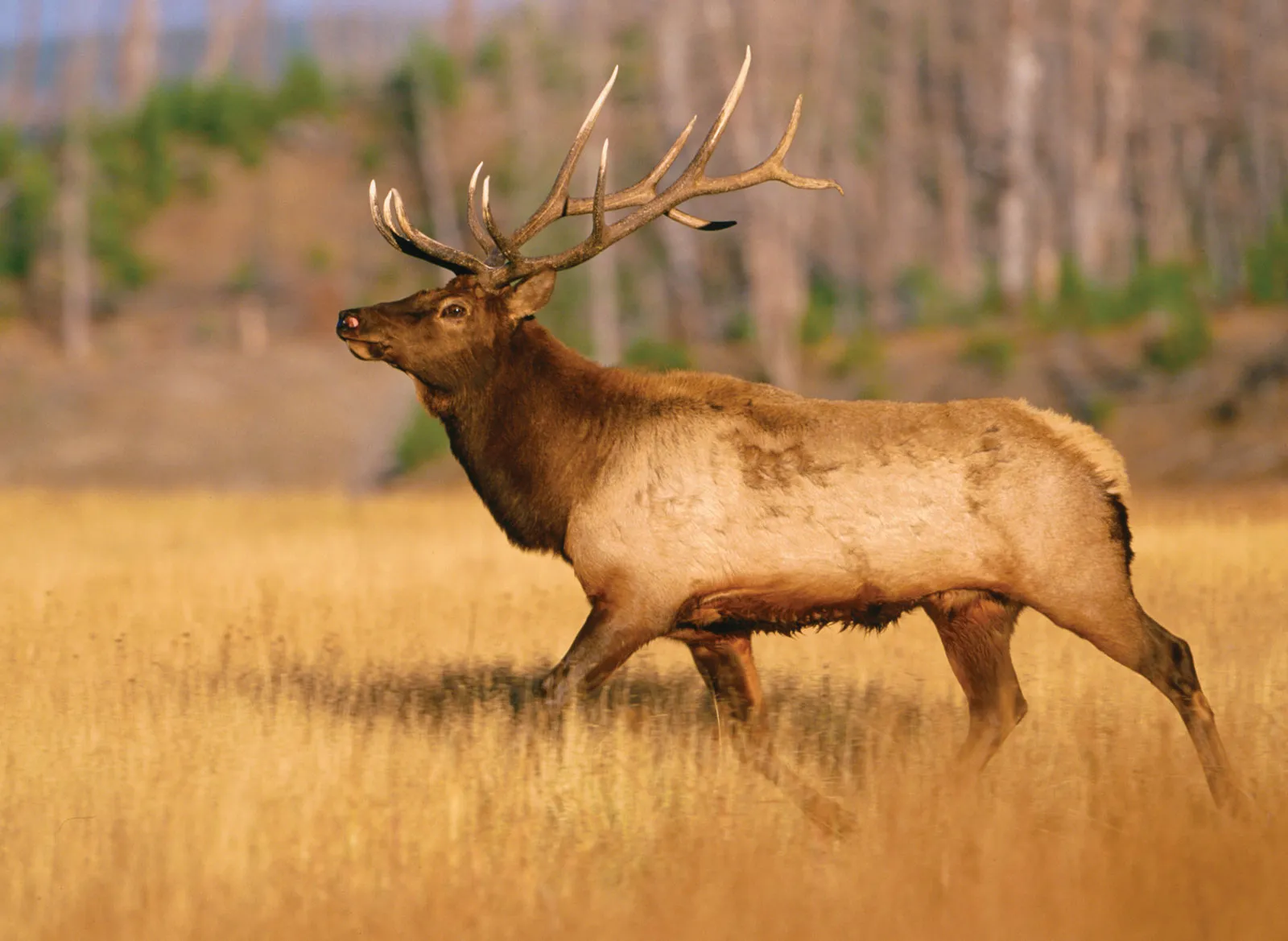Tete-Beche: Moose (Alces alces) (Romania 2024)
Moose (Alces alces) (Romania 2024)
22 February (Romania ) within release Extinct Species from the Fauna of Romania goes into circulation Tete-Beche Moose (Alces alces) face value 2*5 Romanian leu
| Tete-Beche Moose (Alces alces) in catalogues | |
|---|---|
| Romfilatelia: | Rom: RO 2453(2)TB2 |
| Colnect codes: | Col: RO 2024.02.22-02d |
Tete-Beche is vertical format.
Tête-bêche pair from rows 9 and 10 of the pane of 40 stamps.Also in the issue Extinct Species from the Fauna of Romania:
- Stamp with Attached Label - Aurochs (Bos primigenius) face value 13;
- Tete-Beche - Aurochs (Bos primigenius) face value 2*13;
- Tete-Beche - Aurochs (Bos primigenius) face value 2*13;
- Stamp - Aurochs (Bos primigenius) face value 13;
- Souvenir Sheet - Extinct Species from the Fauna of Romania face value 28.60;
- Stamp with Attached Label - Moose (Alces alces) face value 5;
- Tete-Beche - Moose (Alces alces) face value 2*5;
- Tete-Beche - Moose (Alces alces) face value 2*5;
- Stamp - Moose (Alces alces) face value 5;
- Stamp with Attached Label - Saiga (Saiga tatarica) face value 6;
- Tete-Beche - Saiga (Saiga tatarica) face value 2*6;
- Tete-Beche - Saiga (Saiga tatarica) face value 2*6;
- Stamp - Saiga (Saiga tatarica) face value 6;
- Stamp with Attached Label - Wild Horse (Equus ferus) face value 4.60;
- Tete-Beche - Wild Horse (Equus ferus) face value 2*4.60;
- Tete-Beche - Wild Horse (Equus ferus) face value 2*4.60;
- Stamp - Wild Horse (Equus ferus) face value 4.60;
Tete-Beche Moose (Alces alces) it reflects the thematic directions:
Animals are multicellular, eukaryotic organisms of the kingdom Animalia (also called Metazoa). All animals are motile, meaning they can move spontaneously and independently, at some point in their lives. Their body plan eventually becomes fixed as they develop, although some undergo a process of metamorphosis later on in their lives. All animals are heterotrophs: they must ingest other organisms or their products for sustenance.
The elk (pl.: elk or elks; Cervus canadensis) or wapiti, is the second largest species within the deer family, Cervidae, and one of the largest terrestrial mammals in its native range of North America and Central and East Asia. The word "elk" originally referred to the European variety of the moose, Alces alces, but was transferred to Cervus canadensis by North American colonists.
Mammals are any vertebrates within the class Mammalia (/məˈmeɪli.ə/ from Latin mamma "breast"), a clade of endothermic amniotes distinguished from reptiles (including birds) by the possession of a neocortex (a region of the brain), hair, three middle ear bones and mammary glands. All female mammals nurse their young with milk, secreted from the mammary glands. Mammals include the largest animals on the planet, the great whales. The basic body type is a terrestrial quadruped, but some mammals are adapted for life at sea, in the air, in trees, underground or on two legs. The largest group of mammals, the placentals, have a placenta, which enables the feeding of the fetus during gestation. Mammals range in size from the 30–40 mm (1.2–1.6 in) bumblebee bat to the 30-meter (98 ft) blue whale. With the exception of the five species of monotreme (egg-laying mammals), all modern mammals give birth to live young. Most mammals, including the six most species-rich orders, belong to the placental group. The largest orders are the rodents, bats and Soricomorpha (shrews and allies). The next three biggest orders, depending on the biological classification scheme used, are the Primates (apes and monkeys), the Cetartiodactyla (whales and even-toed ungulates), and the Carnivora (cats, dogs, seals, and allies).



